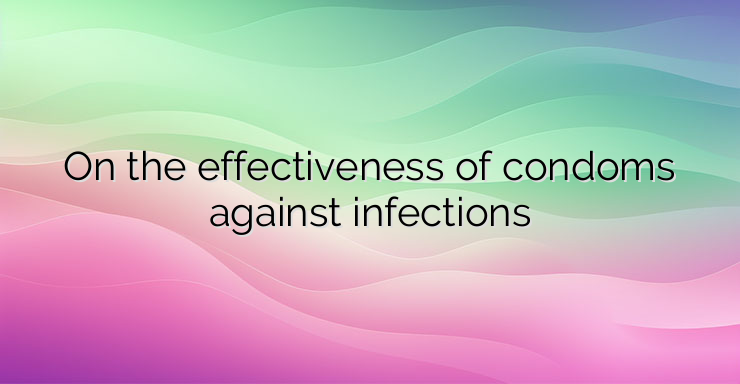For sexually active people, condoms remain one of the best and most affordable solutions for reducing the risk of contracting sexually transmitted diseases. Despite some inconsistencies in the evidence, research demonstrates that condoms are an effective barrier against the passage of even the most microscopic disease-causing microorganisms, according to a study published in the British Medical Journal. According to the data, the risk of contracting gonorrhea and chlamydia drops dramatically with condom use for both men and women. Regular and correct use of condoms lowers the chance of transmission even of genital herpes and human papilloma virus. However, product promotion remains controversial in many countries (including Bulgaria). Not enough is being done to understand that both as a contraceptive and as a barrier against pathogenic microorganisms leading to infections, condoms are not 100% effective. There are two sides to the problem of condom effectiveness. First of all, they do not limit contact with body fluids over the entire area of the genitals. Secondly, the average user, mostly young people and teenagers, massively does not use condoms correctly or regularly. NEWS_MORE_BOX Numerous studies have demonstrated that educational programs about the benefits of condoms and their correct use fail to reduce the incidence of sexually transmitted infections, even in developed countries such as Canada, Sweden and Switzerland. Scientists are of the opinion that school programs demonstrating placing a condom on a banana are banal and ineffective. A more biological approach is needed to make it clear to young sexual athletes that the consequences of sexually transmitted infections can be lifelong: sterility, sexual dysfunctions, tissue, organ and system diseases, etc. According to World Health Organization data from 2015, 2/3 of human sexually transmitted diseases worldwide are developed and transmitted by youth and teenagers, despite the availability of condoms.


Leave a Reply